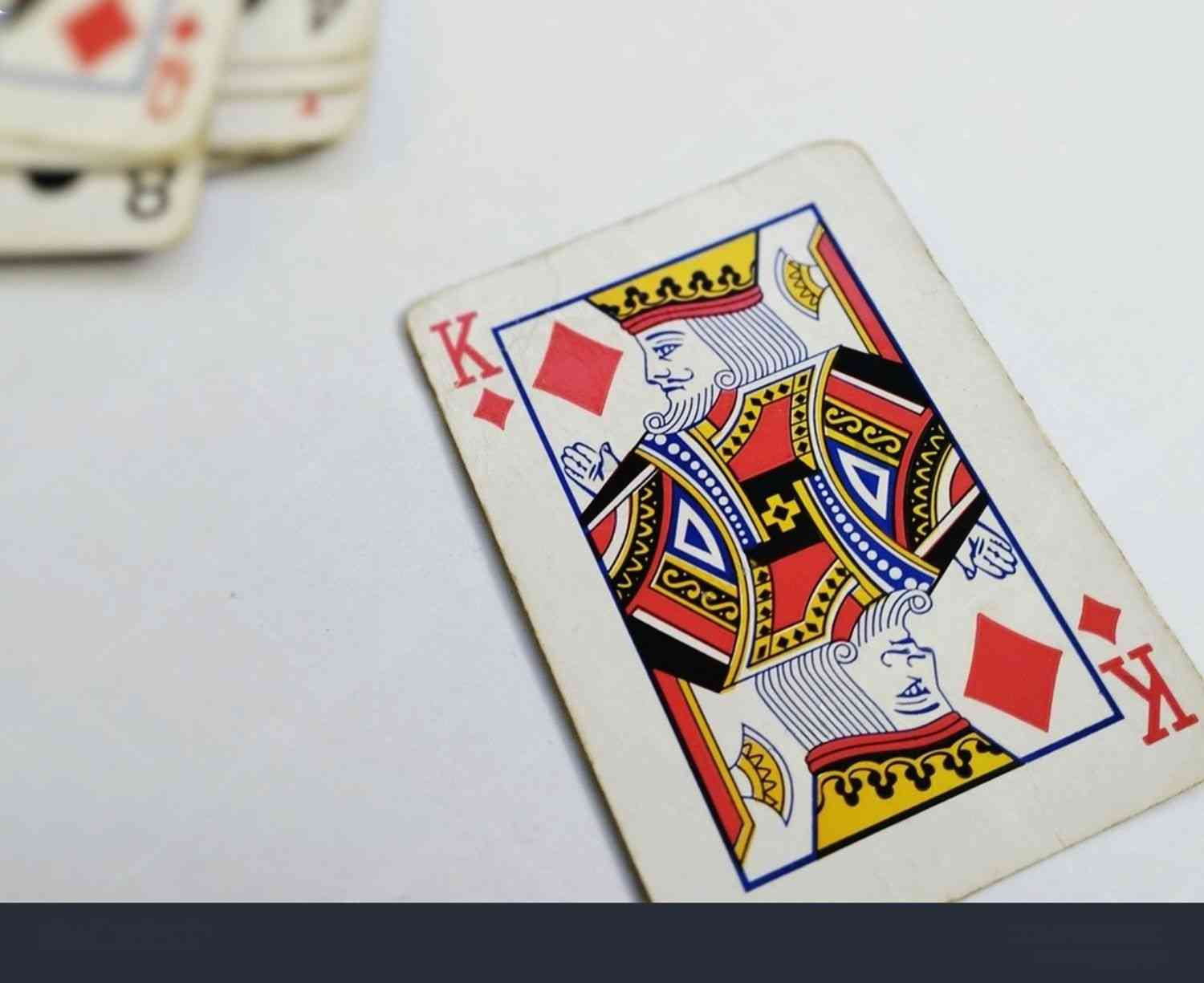Gamifying On-Chain Reputation: Badges, Levels & Leaderboards
Why Reputation Matters on Decentralized Networks
In a permissionless ecosystem, identity and trust are the bedrock of healthy collaboration. Without centralized moderation, communities need mechanisms to recognize constructive behavior, discourage abuse, and surface valuable contributors. On-chain reputation systems answer this call by encoding user achievements into verifiable tokens—badges that showcase expertise, levels that reflect sustained engagement, and leaderboards that celebrate top performers.
Badges: Recognizing Milestones and Skills
Badges are non-fungible tokens awarded for concrete accomplishments. Whether it’s submitting a high-quality article, flagging disallowed content accurately, or contributing code to an open protocol, each badge carries metadata describing the achievement, timestamp, and issuer signature. Because badges live on-chain, they’re tamper-proof and portable: a translator’s “Multilingual Contributor” badge earned in one community travels seamlessly to others, giving instant credibility.
Levels: Measuring Depth of Engagement
While badges mark discrete events, levels quantify cumulative involvement. A leveling formula might assign experience points (XP) for actions—posting insightful comments, reviewing pull requests, or hosting peer workshops—and automatically mint a “Level N” token once thresholds are reached. Levels foster long-term commitment: contributors see their progress unfold, unlocking new privileges (like proposal rights or curated feed access) as they advance.
Leaderboards: Fostering Friendly Competition
Leaderboards aggregate reputation metrics, offering real-time rankings for top badge earners or highest-XP members. Displayed on community dashboards, they ignite friendly competition and spotlight unsung heroes. To avoid “rich get richer” dynamics, leaderboards can implement decay functions (XP halves over time unless renewed activity occurs) or genre-specific boards—e.g., “Top Moderators,” “Top Developers”—so newcomers focus on niche paths rather than battling established veterans.
Balancing Gamification with Genuine Contribution
Left unchecked, gamification risks incentivizing quantity over quality. A token-driven hackathon might produce a flood of superficial pull requests, or badge hunters could game moderation tasks for quick rewards. Mitigations include peer-review gates—badges only mint after multiple verifications—and adaptive XP rewards that factor in content impact (upvotes, engagement duration) rather than raw counts. Periodic reputation audits and community-driven calibration of XP curves keep the system aligned with real value.
Designing Your On-Chain Reputation Framework
Implementing gamified reputation involves several steps:
1. Define key actions and their intended outcomes.
2. Assign XP values and badge criteria tied to measurable events.
3. Develop smart contracts to mint and track reputation tokens.
4. Build front-end dashboards for transparent leaderboards and level displays.
5. Establish governance rules for audits, disputes, and badge revocations.
By codifying these elements in open-source code, communities gain clarity and can iterate on reward parameters as the network matures.
The Path Forward
On-chain reputation systems transform abstract goodwill into tangible, transferable credentials—fueling motivation, trust, and collaboration. As Pavilion Network and similar projects evolve, gamified frameworks will play a pivotal role in onboarding, retention, and governance. Whether you’re a protocol designer or community organizer, consider how badges, levels, and leaderboards can elevate engagement and sustain a vibrant, self-governing ecosystem.

